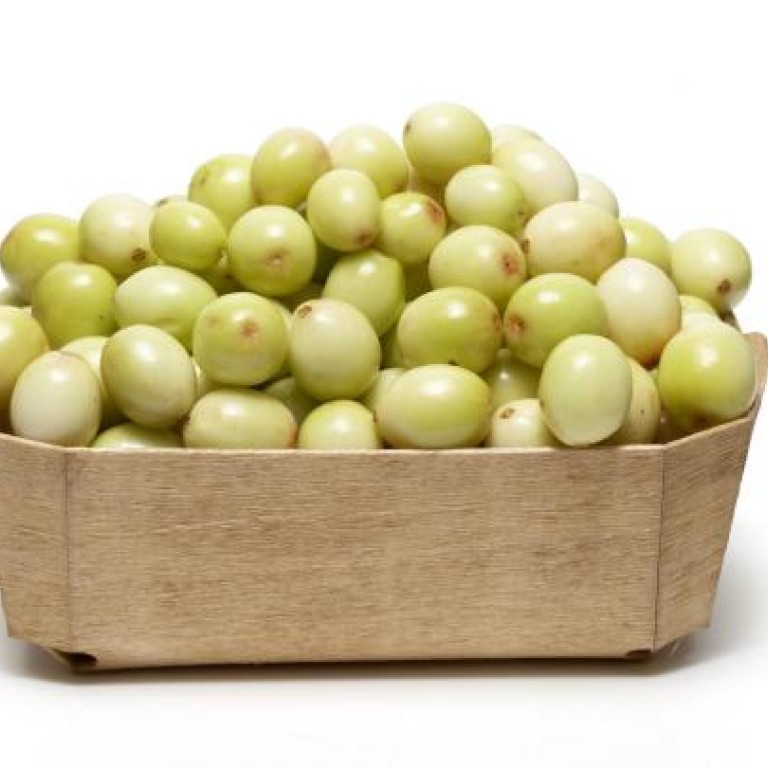
Seasons: little white lies
Susan Jung
I'm not sure what the point is of white cranberries. A few years ago, they were being pushed as A Big Thing by (who else?) cranberry growers. I was cynical about it, but thought it a fantastically clever marketing ploy - convincing people to pay as much (or more) for the unripe fruit as they would for ripe specimens. White and red cranberries are not different varieties; the white berries are just harvested before they have attained their characteristic dark red colour.
Only once have I seen real white cranberries - and to me, they just didn't look right. They weren't even white - they had a tinge of pale pink or pale green. White cranberry juice, which is easier to find than the fruit, also has a pink tinge.
But while the fruit remains very much a niche product, demand for white cranberry juice appears greater. People who like it praise the juice's milder flavour - it's not as tart as that of red cranberries. Bartenders, too, like it because it makes a good mixer - at some places, you can request white cranberry cosmopolitans. And, I suppose, if you order white cranberry juice in a bar, people won't assume you're in the throes of a urinary tract infection because it's not as glaringly conspicuous as red cranberry juice.
If you can find fresh white cranberries and want to cook with them, they make a good sauce for holiday feasts. Because the fruit is less tart, you won't need to add quite as much sugar as with red cranberries. But I would advise against using it in chutneys or sour-sweet relishes that use a lot of dark spices, such as cinnamon and clove. The spices will give an unpleasant brown colour to a pale, off-white chutney or relish.

